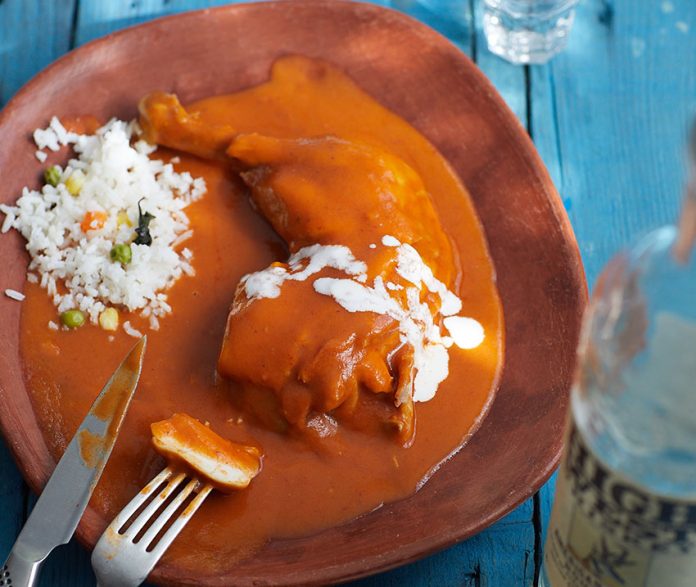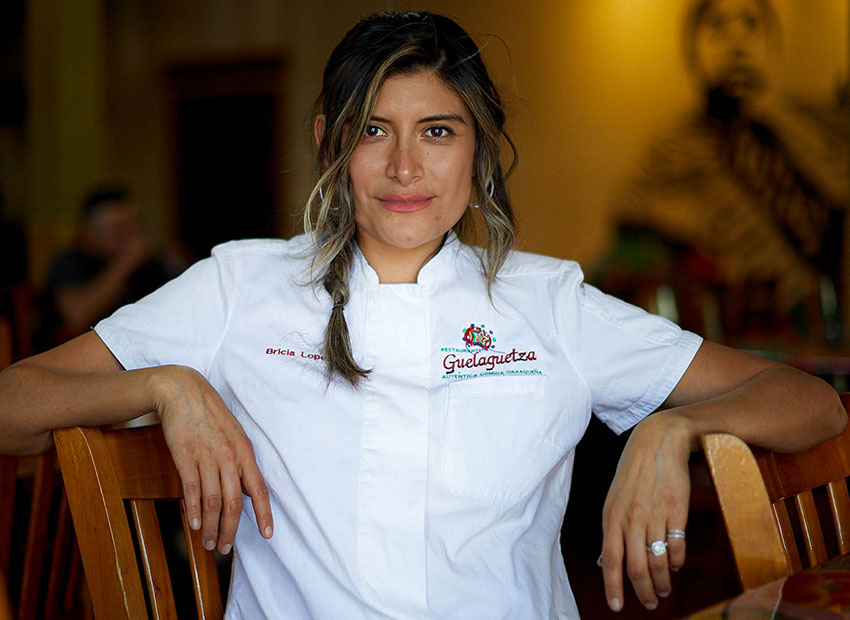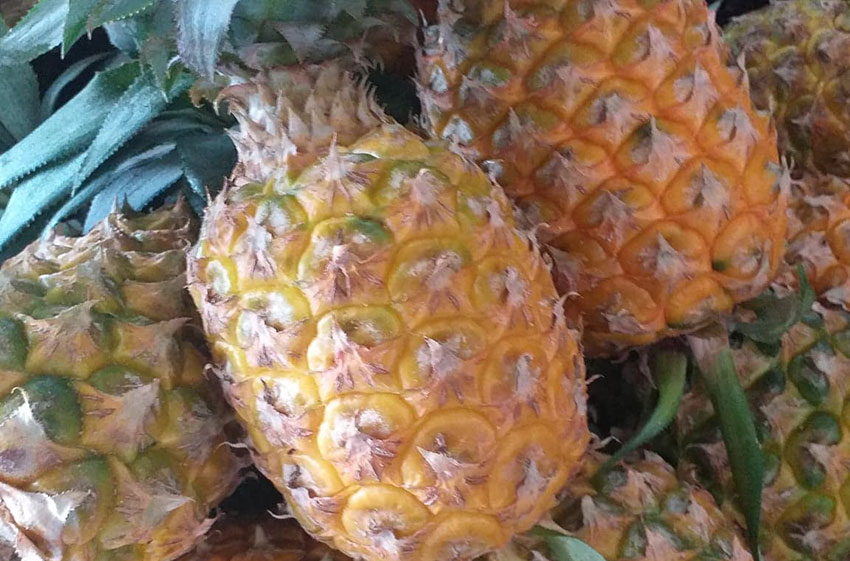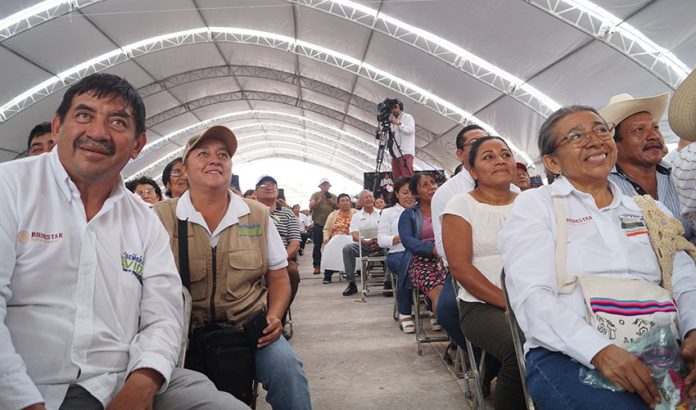Five drug cartels are involved in the trafficking of fentanyl and other illicit drugs in Zacatecas, according to the state public security secretary.
Ismael Camberos Hernández told the newspaper El Universal that the Gulf Cartel, the Northeast Cartel and Los Talibanes have long had a presence in Zacatecas, through which drugs pass en route from Pacific coast states such as Jalisco and Colima to Mexico’s northeast border with the United States.
Over the past year, the Sinaloa Cartel and the Jalisco New Generation Cartel (CJNG) have also become involved in the drug trade in Zacatecas, he said.
The former’s presence is strongest in the municipalities of Mazapil, Juan Aldama, Río Grande, Chalchihuites, Sombrerete and Fresnillo, Camberos said.
The CJNG’s involvement in the trafficking and transport of fentanyl and other narcotics is via a pact with the Gulf Cartel, the secretary said.
![]()
The direct and indirect entry of the two powerful cartels has not caused violence to increase – homicides declined 7.6% last year to 634 cases from 686 cases in 2018 – but kidnapping and extortion are both up, Camberos said.
For his part, Zacatecas Governor Alejandro Tello Cristerna declared that there will be no complacency from authorities in the face of the threat posed by the two groups, identified by the United States Drug Enforcement Administration as the two most dominant cartels in that country.
Tello said that he has spoken with the governors of both Jalisco and Sinaloa about what can be done at a regional level to combat the criminal organizations.
“There’s no complacency. . . [The cartels] are companies that are seeking to expand,” he said, adding that Zacatecas’ geography provided both blessings and curses.
“Unfortunately, it places us in a position of great vulnerability,” the governor said, because the state is on the way to the U.S., which is the largest drug consumption market in the world.
However, Tello expressed confidence that the deployment of 1,900 members of the National Guard will help to combat trafficking in Zacatecas.
There are two important federal highways that pass through the state en route to the border with the United States: federal highway 54 between Colima and Tamaulipas and highway 45, which runs to the border from central Mexico.
Fentanyl has been seized from vehicles traveling on the highways since 2018, according to federal authorities, but confiscations increased last year. Almost five kilograms of the synthetic opioid, whose demand in the United States has surged in recent years, was seized in August, while authorities confiscated just under a kilo of 97% pure fentanyl in October.
“What drives the cartels is money and as long as fentanyl yields large profits,” they will be involved in trafficking it, Camberos said.
The drug, considered up to 50 times more potent than heroin, is produced in Mexican states such as Jalisco and Durango with precursors imported from China and other Asian nations via Pacific coast ports including Manzanillo, Colima, and Lázaro Cárdenas, Michoacán.
Clandestine labs have also been found in Zacatecas municipalities near the state’s border with Jalisco.
Security specialist Ricardo Márquez Blas warned last year that Mexico was on track to become the largest producer of fentanyl in the world, predicting that the shipment of precursors to the country will only rise.
As a result, cartels will not only export more fentanyl to the United States but also begin to sell the drug domestically, especially in northern states, he said.
Source: El Universal (sp)












